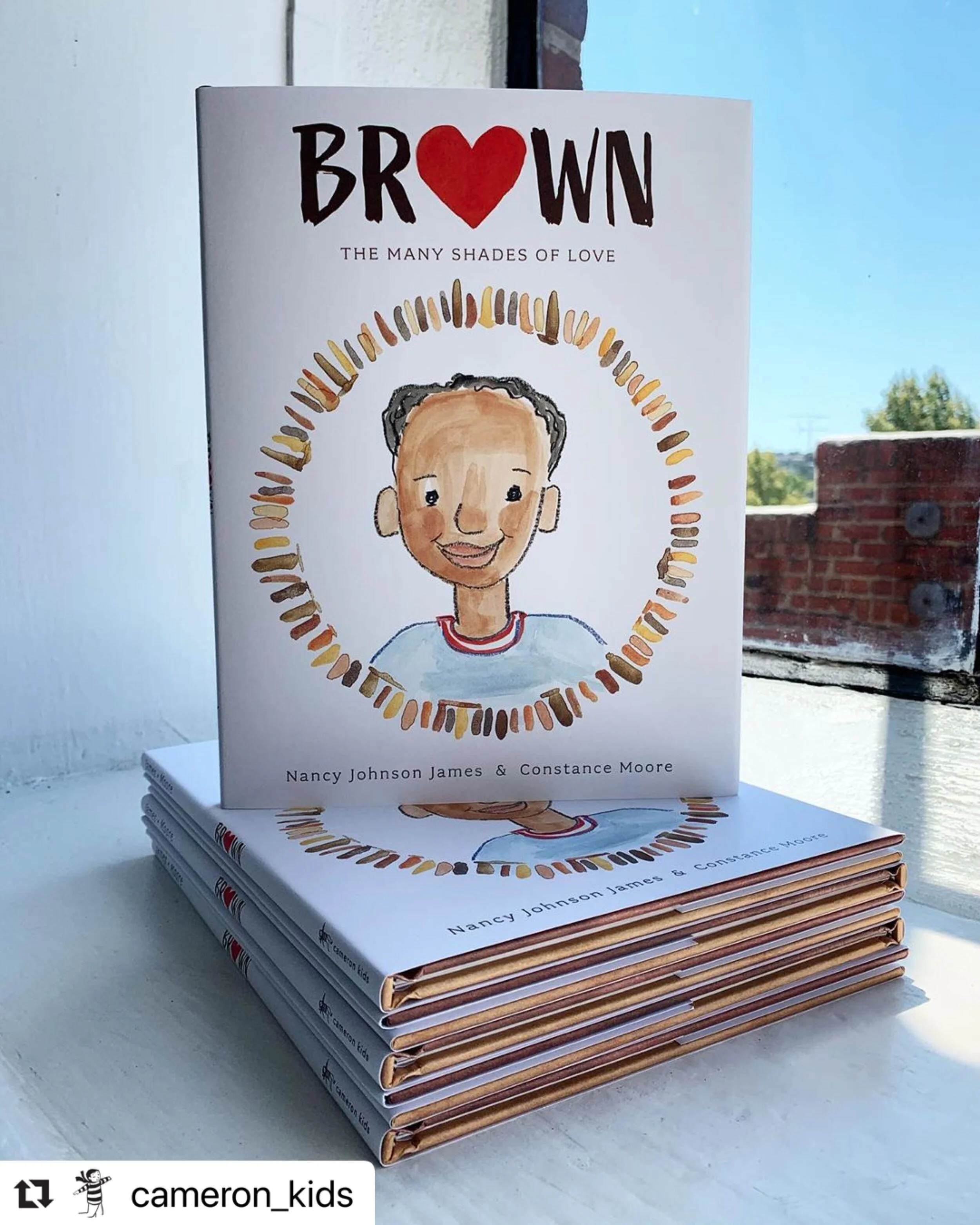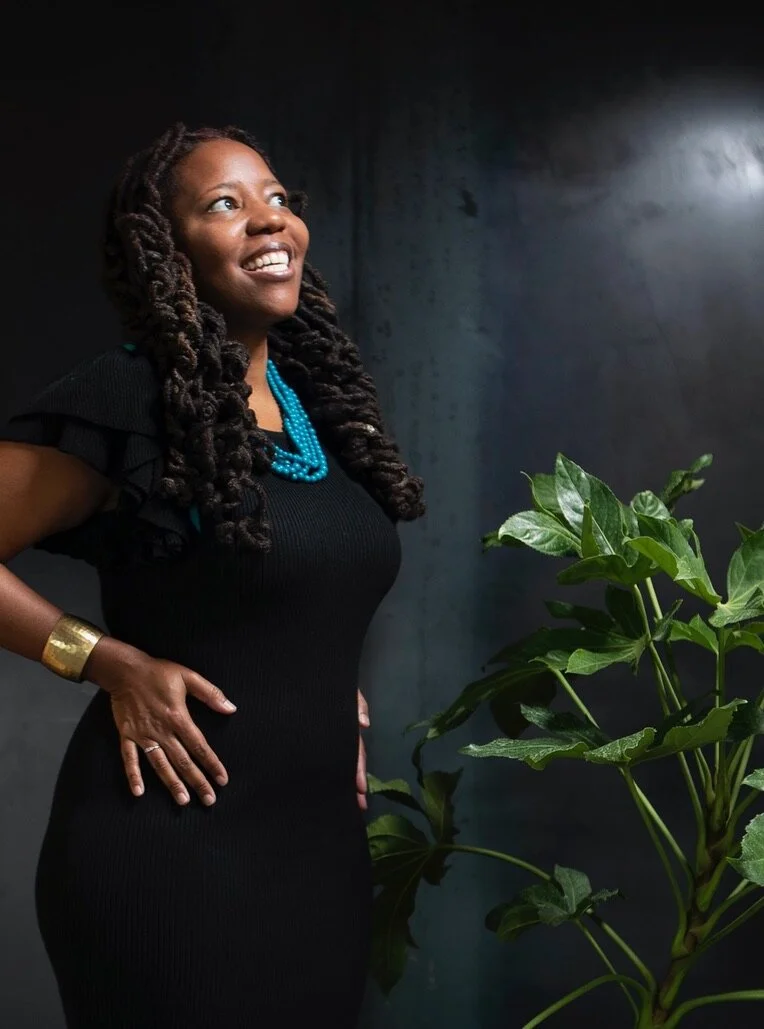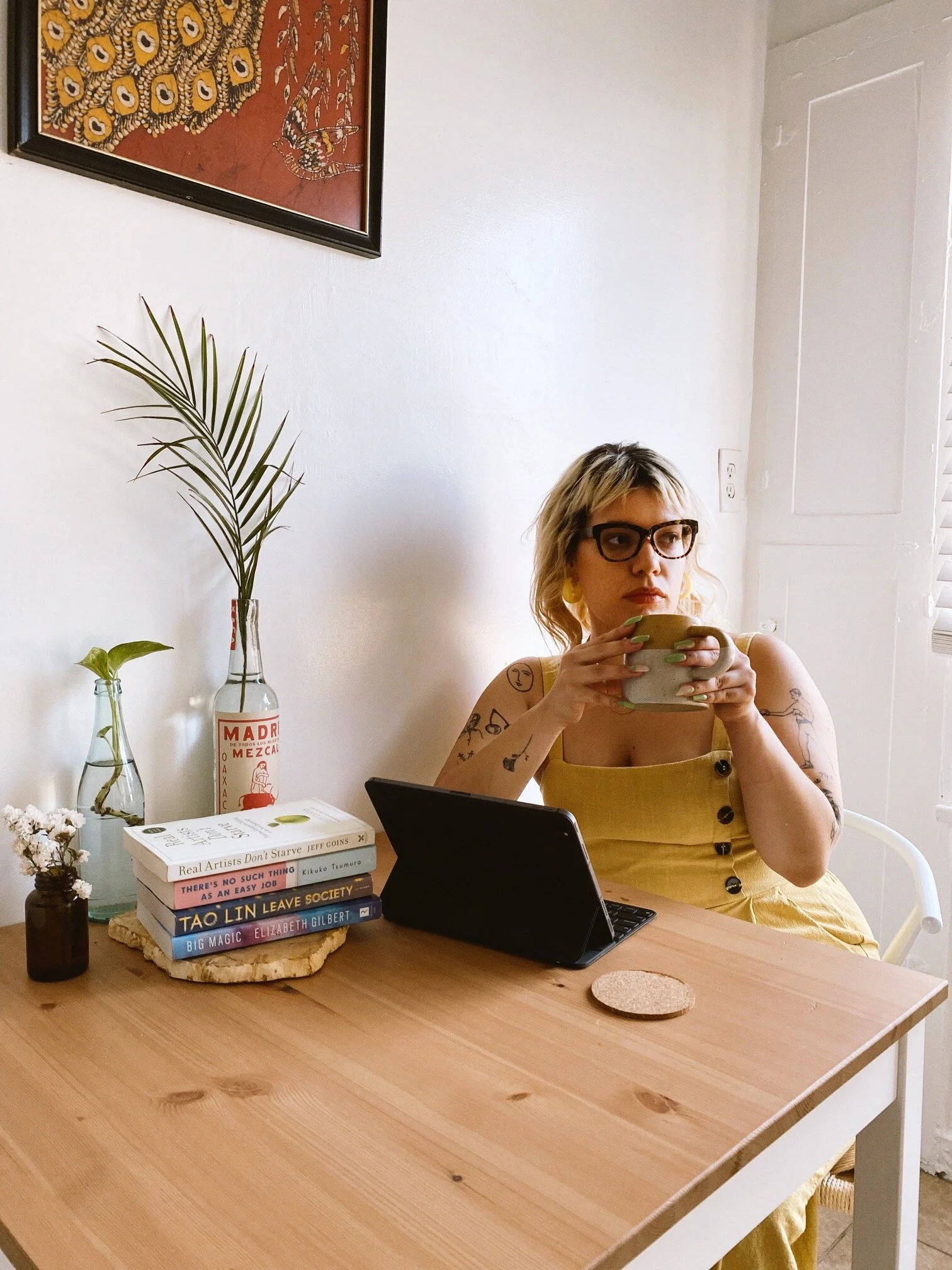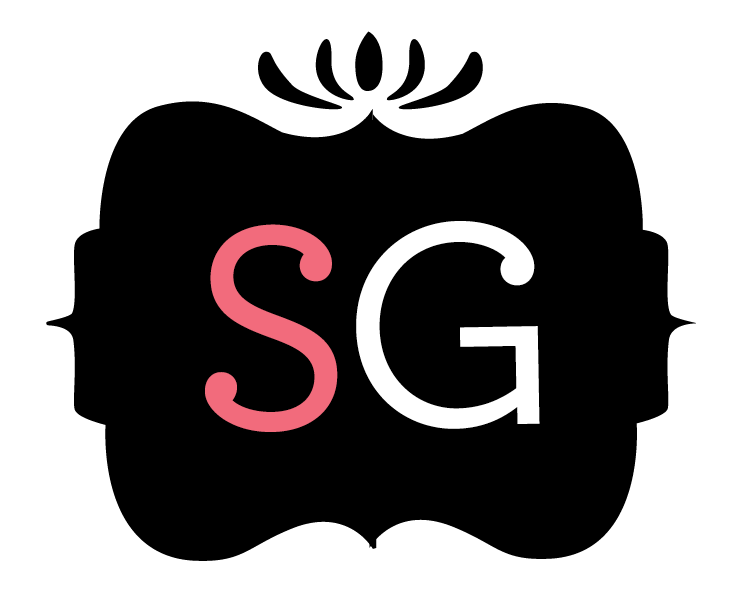A Generous Lover: Interview with Celeste Chan
Celeste Chan writes nonfiction and fiction, including experimental/hybrid genres fiction, flash fiction, lyric essays, and performative texts. She also makes experimental films and video poems.
Celeste gets excited about work that queers form and content. “I am in love with genrequeer art,” she says. Her one-woman show (Re)generation debuts as a work-in-progress June 15 and 16 at SAFEHouse for the Performing Arts in San Francisco, directed by Lisa Marie Rollins and with video by Celeste and Siobhan Aluvalot.
“Come if you want to see what lives outside of history with a capital H,” she says. In this interview, we talked about submerged stories, daily writing habits, and sequin writing outfits.
Kristy Lin Billuni: Tell me more about (Re)generation.
Celeste Chan: It is essentially an evening of storytelling, weaving together family oral histories, experimental film, and performance. (Re)generation twines my father’s experience of the Japanese occupation in SE Asia, alongside my story as an emerging queer artist in San Francisco.
KLB: So you’re telling your own story against the backdrop of your ancestry?
CC: Right. I’m looking at how I/we carry our parents’ histories. Not only in terms of epigenetics (changes to DNA passed down from ancestors), but also how to think about, reflect or ruminate, represent, and re-create family stories. While the show focuses on a singular story, it also connects to a much broader picture, an occupation that impacted between 8 and 10 million people in SE Asia. And yet, it’s a lesser-known history in the United States.
KLB: So, thematically—
CC: This is part of a larger conversation about war and displacement. We all know about the battlefield and atrocities, but what is war’s aftermath? With millions of refugees in the world, it’s a very relevant question.
KLB: Those are the stories that haven’t been told in the mainstream narrative.
CC: Exactly. Submerged stories and histories connect to timely conversations about literary justice and representation. Where are the hidden histories, where are the writers of color relegated to the margins?
KLB: How do we amplify those voices?
CC: We need to hear actual people-of-color voices and histories, in a time of Michael Derrick Hudson’s yellow face poetics, Kenneth Goldstein reading Michael Brown’s autopsy and re-enacting violence against Black bodies, Calvin Trillin’s yellow peril poem in The New Yorker, and Rachel Dolezal’s book deal. These white writers get huge platforms to perform their racial projections. They are allowed to reproduce racial trauma absent people of color.
KLB: Right. We need to hear these stories from people of color. I’m so glad you’re doing this work.
CC: Thank you, Kristy! I think there’s this idea in the larger culture – that personal art is self-indulgent. I think it can be indulgent if it is un-generous, not extending out and making larger connections. However, I’ve also seen that criticism leveled against art from lived experience, from marginalized communities (which itself contains multitudes – there’s no singular story there). What gets considered to be a universal story? Who is valued? Who is the default human being, the unspoken norm? I often feel like history belongs to wealthy white men. Many of us are making autobiographical work to fill gaps in history. How do you combat erasure? Through creative acts!
KLB: How do you take care of yourself as a writer?
CC: I nurture myself by going to retreats, reading (even if it's a little bit), keeping notebooks handy, attending readings, and supporting other writers.
KLB: Do you write every day?
CC: I don’t at the moment. That’s going to change! I’m ready to flex these art muscles and I need to generate a ton of new writing. Also, I am actively soliciting for writing and reading dates. Let’s go!
KLB: How do your write? What does it look like?
CC: I usually fantasize a bit before writing. But once I get in the zone, I'm there. I like to write by hand. I use an inky pen and composition notebook. Places I love to write include LIMINAL feminist writing space, where I am a Writer in Residence. When I’m not there, I sit in the backyards of cafes, the glass cages at the San Francisco Public Library, or huddled in bed under my leopard blanket.
KLB: The leopard-print blanket reminds me to ask, do you have a writing outfit?
CC: Maybe I should have a power outfit . . . of sequins!
KLB: That sounds sexy. Do you think writing is sexy?
CC: Stories are sexy. Playing with language, sound, and the senses is incredibly sexy. Thank YOU, writing! You give so much. What a generous lover. You, dear writing, create from nothing and make meaning, you great seducer. You give to everyone – you give us stories and give us life.
I love to talk to writers like Celeste Chan about the empowering, vital process of writing. Get tickets now for (Re)generation on Wednesday, June 15 or Thursday, June 16. To meet more writers in social media, follow me, The Sexy Grammarian, on Facebook or Twitter. Yearning to jump into the writer’s life yourself? My free ebook, Arouse Your Writer Self, will get you going. Want more? Private sessions with me are more affordable than you think, and the first one’s free.













